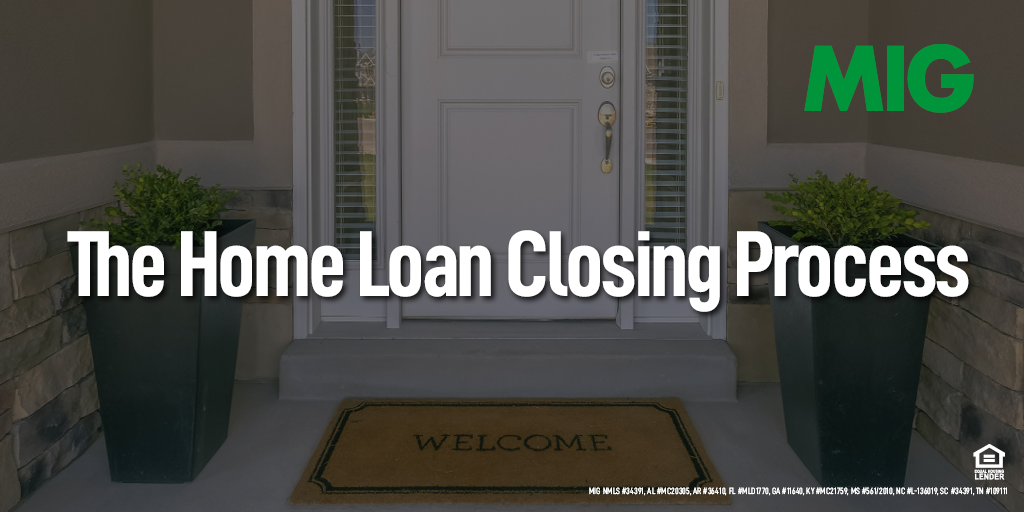
You’ve accepted the terms on your new home, the inspections have been done and the loans have been approved. You’ve booked movers and set the time for the big day.
It’s an exciting, heady time as a homeowner. Yet before getting the keys to your new home, you’ll need to attend the closing. This is the formal session where paperwork is signed, financial payments are exchanged and other final steps are taken.
Whether you’re a first-time homebuyer or an experienced real-estate player, it is an exciting, often emotional time. Knowing what to expect during the closing is helpful to knowing what you need to bring and what is going to happen.
Here is a step-by-step look at the home-closing process.
Location, Location, Location
Most closings are held at a title company. In the room will be your real estate agent, the sellers’ agent, and a representative from the closing company. Others may also be present, including your mortgage originator, co-borrowers, attorneys for you or the sellers, and a representative from the escrow company.

What to Bring
Being prepared for your closing is important. Several days before closing, you should receive a closing disclosure, which lays out details of the loan and closing costs you have agreed to. Be sure to review this document carefully and note any variations from what was provided to you in the loan estimate.
You also need to bring identification, usually a state-issued ID or a passport, to confirm your identity. You’ll also need to bring proof of homeowners’ insurance and a copy of the home purchase contract.
Closing Costs
These are costs that you pay upon closing or that the seller pays upon closing. They typically include several components:
- Prepaid Expenses, such as homeowner’s insurance premiums, mortgage insurance and escrow account set-up charges
- Mortgage Points, which are percentage points (1 point equals 1 percent of the mortgage loan total) paid to the lender to reduce the interest rate on the loan
- Out-of-Pocket Expenses, which may include appraisal fees, attorney fees, credit report fees, deed recording charges, tax processing fees or miscellaneous items such as the cost of any heating oil left by the previous owners
Closing charges usually need to be paid for with a cashier’s check, which will need to be obtained in advance. You don’t want to wait until the day of your closing in case there is some issue in securing the check.

Signing and Signing and Signing
At a closing, there are many documents to sign. You and any co-borrowers will need to sign many documents. Remember, you have the right to review all documents and to ask any questions before signing. Among the documents you’ll be asked to sign are:
- Mortgage Note, which lays out the details of your loan, including the interest rate, repayment schedule and terms
- Mortgage, often referred to as the Deed of Trust, which gives the mortgage holder the right to foreclose if you do not pay your mortgage and abide by other terms
- Closing Disclosure, which outlines final details about the mortgage loan terms, your projected monthly payments, and how much you will pay in closing costs
- Deed, the document that transfers ownership from the sellers to you
- Escrow Disclosure, a document which details the homeowner insurance fees and taxes that you pay along with your mortgage payment each month
- Tax Statement, which details the taxes that you are required to pay on the property and any reimbursements owed to the seller for taxes already paid
- Certificate of Occupancy, which is usually only issued for newly constructed homes
- Title Insurance, which is offered to protect the homeowners if title is ever disputed
All Done!
After the papers are signed and cash is exchanged, copies will be given to you, the seller and other representatives. At this point, you are officially a homeowner and can enjoy your new residence.
![Mortgage Investors Group in [Dynamic1]](../assets/images/mortgage-investors-group.svg)


